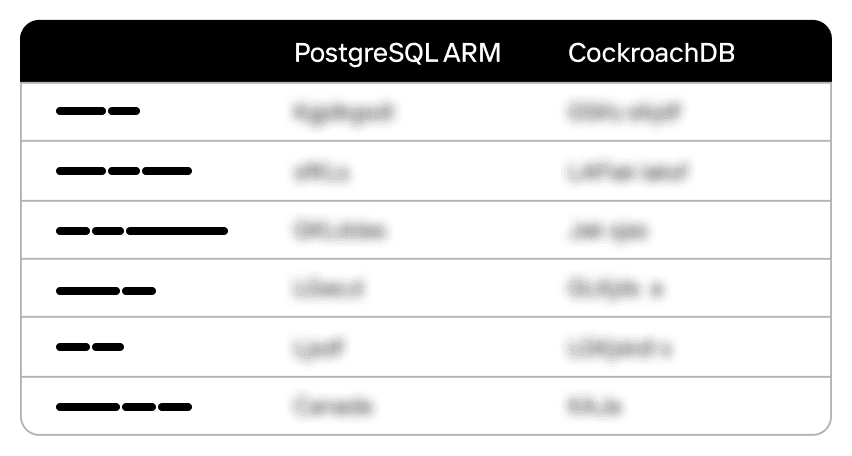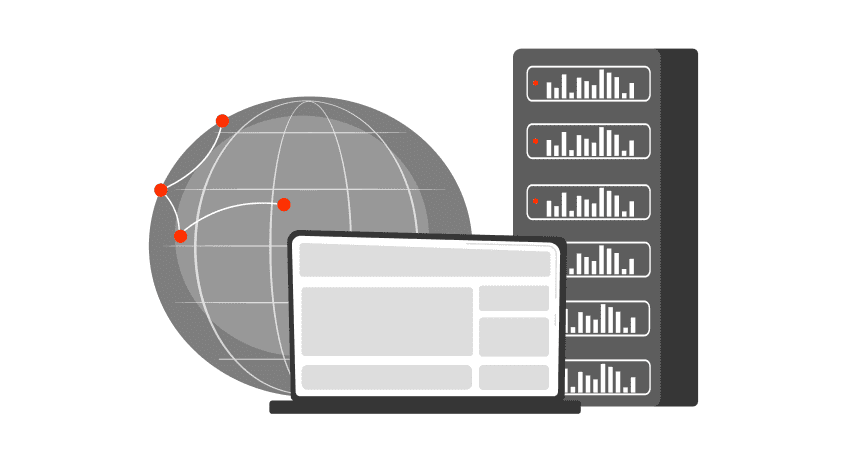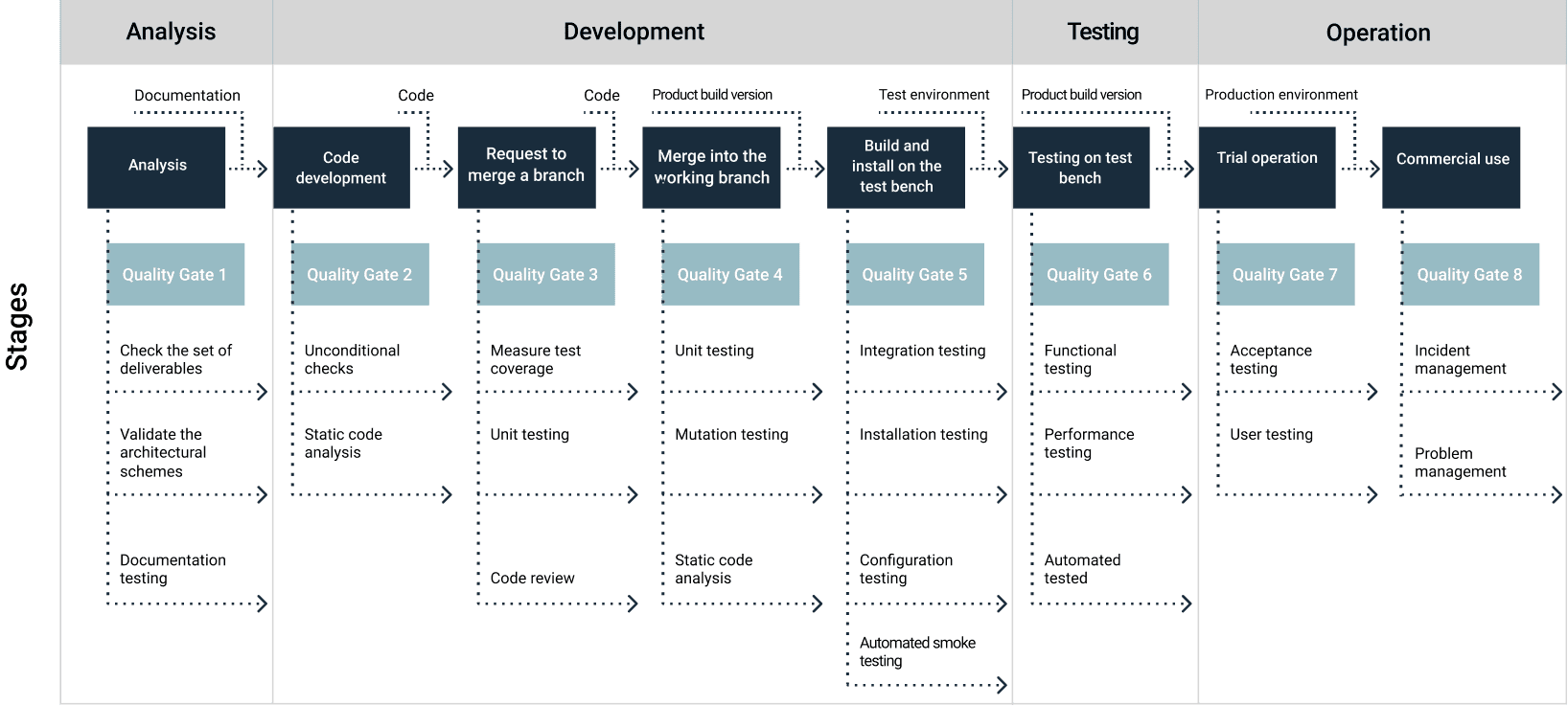Quality Gates Next Use Cases Illustrated in a Real Banking Project
Modern software development trends are focused on speed. But tasks need to be performed not only quickly, but also with high quality. To this end, we offer Quality Gates Next.
What is Quality Gates Next?
Quality Gates Next is a solution built on tools that provide continuous monitoring and improvement of product quality through state-of-the-art development methodologies, such as Agile and DevOps. This solution is already available. It is well-tuned and can be quickly adapted.
QGN provides 8 quality gates that a product must pass before it is released. These gates are
positioned at the end of each significant stage in the development life cycle.
Distinctive features of application of the methodology:
So, What Did PFLB Need to Achieve?
Our customer is a leading bank, providing a wide range of banking products and services to retail and corporate clients. The bank’s main activities are retail, corporate, and investment banking.
The customer asked us to help automate the processes used to test the banking system. The purpose of the project was to move deliveries into production more quickly and to increase quality.
How Did We Do It?
What Problems Did the Team Encounter along the Way?
What Results Were Achieved?
Related insights in case studies
Benchmark Testing Case Study: How PFLB Validated Chainguard Docker Container Performance

Chainguard specializes in providing highly secure Docker container images — regularly updated, tightly managed, and designed to minimize vulnerabilities. While their reputation for security is well-established, Chainguard wanted to ensure their containers also delivered competitive performance. After all, strong security is crucial, but it shouldn’t slow you down. Client Goal Chainguard needed clear, objective proof […]
From Weeks to Hours: Accelerating Data Masking and Enabling Easy B2B Data Sharing for a Leading Bank

A leading bank, ranked among the top 20 in its market, provides services to millions of customers daily. Staying at the forefront of this competitive market requires not only stable and updated infrastructure but also rapid feature delivery to maintain the highest service quality. Challenge The bank faced a critical challenge in enabling safe sharing […]
Leading Oil & Gas Innovator, NOV Excels with Real-Time Drilling Data After Load Testing

NOV, a renowned global provider of equipment, components, and IT products for the oil and gas industry, which is located in Texas, USA, empowers extraction companies worldwide with innovative technological solutions that enable the safe and efficient production of abundant energy while minimizing environmental impact. Under its CTES brand, NOV offers a range of IT […]
From Hundreds to Thousands: Scaling MEFA Pathway Software for Mass Student Registration

FolderWave, Inc. is a leading digital services provider in the Massachusetts e-learning sector. It aids millions of students in researching and planning a job-oriented education. The company delivers IT solutions, platforms, and services in partnership with notable non-profit organizations like MEFA Pathway and College Board, which connect a vast network of colleges, schools, and universities […]
Be the first one to know
We’ll send you a monthly e-mail with all the useful insights that we will have found and analyzed
People love to read
Explore the most popular articles we’ve written so far
